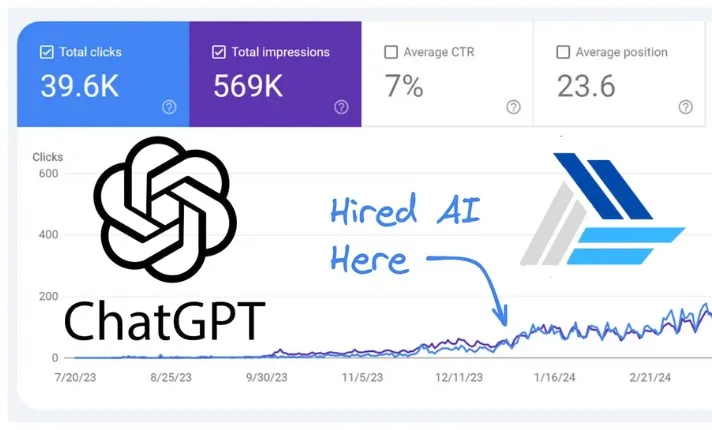What Is A Hash Tool?
A hash tool is a software or web application that generates a unique and irreversible string, called a hash, from a given input using cryptographic hash functions. Hashes are crucial for verifying the integrity of data, ensuring files have not been altered or corrupted. They're widely used in security applications, including password storage, where the hashed password can be validated without storing the original password.
What Does A Hash Calculator Do?
A hash calculator produces a unique hash string from a specific input. This hash can be used to verify data integrity or as part of security applications such as password encryption. Jimni Nomics' MD2 Hash Generator lets you quickly create MD2 hashes from any input data for enhanced data protection.
What is MD2 HASH?
MD2, short for Message Digest Algorithm 2, is a cryptographic hash function developed by Ronald Rivest in 1989. It produces a 128-bit hash value, typically shown as a 32-character hexadecimal number. Originally designed for 8-bit systems, MD2 has largely been replaced by more secure algorithms due to vulnerabilities discovered over time.
What is MD2 Hash Generator?
The MD2 Hash Generator creates a unique 128-bit hash string from your input, functioning as an encrypted password or key. Jimni Nomics offers a reliable tool to generate MD2 hashes for data encryption and security purposes.
How to Generate MD2 Hash?
Using Jimni Nomics' MD2 Hash Generator is straightforward:
- Input your data, such as a file or password.
- Click on "Generate" to create the MD2 hash.
- Retrieve the generated hash in 32-character hexadecimal format.
How does MD2 Hash Generator work?
The MD2 algorithm processes each byte of the auxiliary block 18 times for every 16 input bytes, creating a unique hash value. Once the block has been processed, the first partial block serves as the message's hash value.
Example of MD2 Hash
If you input the string "JimniNomics", the resulting MD2 hash could be something like: a4d55a8d2a5e8f017be9f7e1a021b8f7. Each input generates a unique hash.
Difference between MD2 and MD5
- Development and Release: MD2 was developed in 1989, while MD5 followed in 1991 as an improvement.
- Speed: MD5 is faster and more efficient than MD2.
- Vulnerabilities: Both have vulnerabilities, but MD5 is more prone to collision attacks.
Difference between MD2 and MD4
- Development: MD2 came out in 1989, followed by MD4 in 1990.
- Speed: MD4 is faster than MD2, but both are now considered insecure.
- Vulnerabilities: MD4 has more significant vulnerabilities than MD2.
It's important to use modern cryptographic hash algorithms for data security as older ones like MD2, MD4, and MD5 have become less secure over time.
Frequently Asked Questions (FAQs)
What is the MD2 Hash Calculator?
The MD2 Hash Calculator provided by Jimni Nomics generates a 128-bit MD2 hash value from the data you input, ensuring security and data integrity.
Is MD2 secure?
MD2 was secure when first introduced, but modern vulnerabilities have rendered it less secure. It’s recommended to use more recent algorithms for cryptographic purposes.
Can MD2 hashes be reversed?
No, MD2 is a one-way hash function, meaning the hash cannot be reversed to reveal the original input.
Why do small changes in input cause different hashes?
MD2 is designed to create a completely different hash for even the slightest change in the input. This is known as the "avalanche effect."
Can I use the MD2 Hash Generator for password hashing?
While you can use MD2 for hashing passwords, it's not recommended due to its vulnerabilities. More secure algorithms like bcrypt or Argon2 should be used for password encryption.


 By: Jimni Nomics
By: Jimni Nomics
